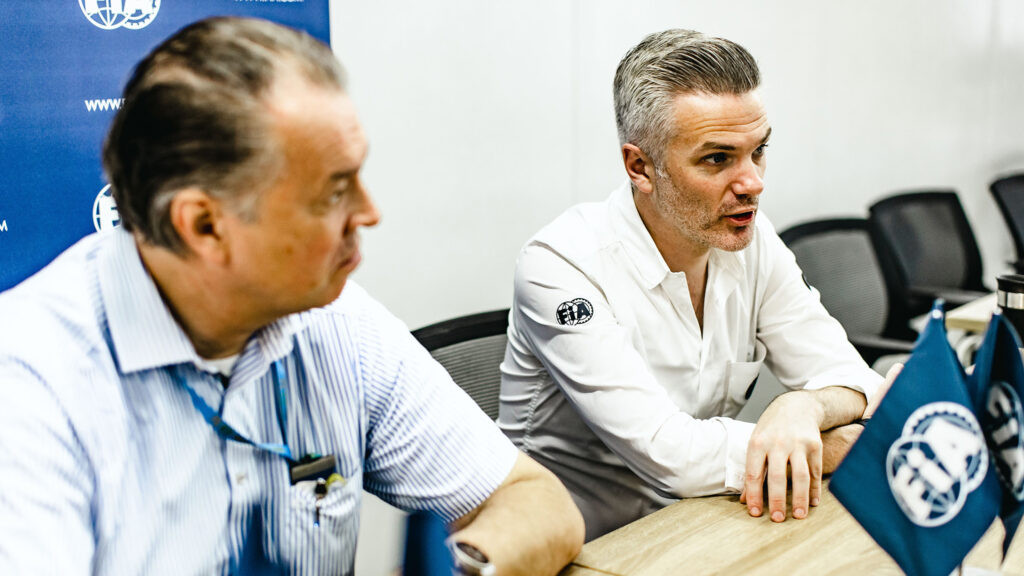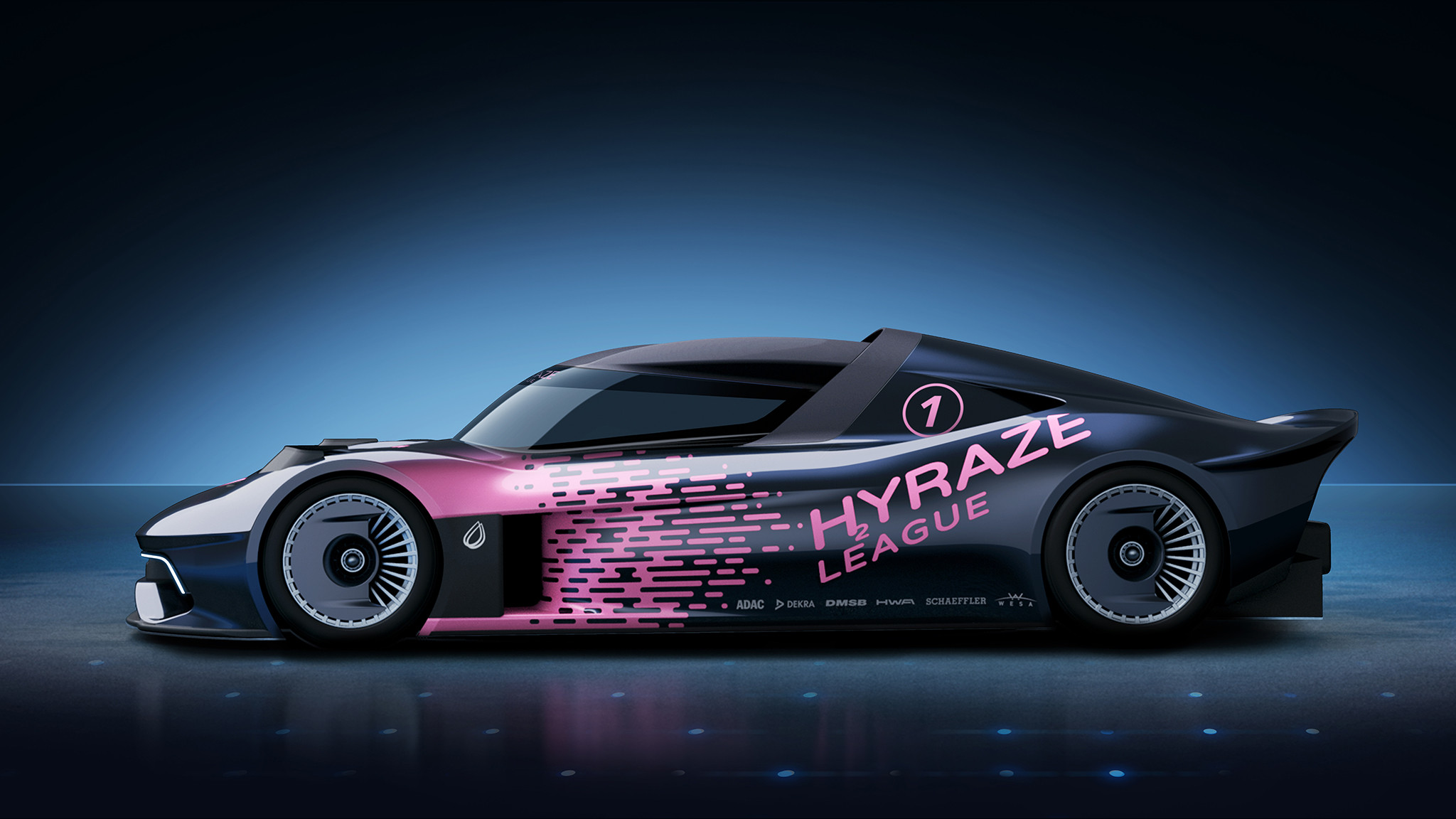FIA does not see hydrogen likely for touring cars before 2030
The FIA continues to look at alternatives to internal combustion engines for motorsport, with hydrogen-powered race cars continuing to be monitored by the governing body that already has got regulations in place.
“With hydrogen, obviously we’re interested and we see different projects going on around the world outside the direct FIA jurisdiction,” said FIA Circuit Sport Deputy Director Stuart Murray to TouringCarTimes.
“There are different existing projects, there are two of those running hydrogen cars test cars in Super Taikyu, which they’re really using as a testing platform.
“We obviously know we have other hydrogen competitions coming between the Extreme H World Cup at the end of this year and the World Endurance Championship obviously sees its future technological development eventually going towards hydrogen.
“But whether or not that’s how the touring car market goes, is a different question.”

Cost management in an era of regulatory uncertainty for automotive manufacturers is key to keeping the competition alive according to the FIA and the governing body is cautious about the effect of a switch to new technologies.
“I think again what we need really in touring cars is to keep the costs manageable and to encourage maximum amount of participation,” said Murray.
“So I think the direction which we’re continuing and at the moment is the best for us, because it should be a case that people can come and learn how to race and learn the skills at this level.
“If they want to step up into something which is full manufacturer hydrogen in top level sports cars, well then that’s somewhere they can step up to.
“From touring cars we don’t necessarily have to go that direction. I think it’s still very early for us and I don’t see anything before 2030. I think that’ll we will monitor the situation but I don’t see anything realistically for touring cars happening there. Still, we’re interested to see you know the work that’s being done by some companies like Toyota.”

The Hyraze project for the development of a hydrogen-powered sports car was presented five years ago. And the FIA has developed a set of regulations setting the ground for hydrogen competition vehicles.
“If you look at what’s coming on as the first FIA hydrogen competition which is the Extreme H, it has had some healthy crashes, as the evolution of the Extreme E competition,” Murray said.
“This is where we at FIA consider obviously our primary role is safety, doing the research to do the work, so that these kind of technologies can be used and can be raced but without major risk.
“At the last world motorsport council in Macau in June, the FIA approved its first ever set of hydrogen safety regulations, mirroring something that we did for electric competition a couple of years ago, where any competition which is running on hydrogen uses these regulations or these technical regulations as a basis for the safety.
“Obviously this is what our own technical regulations for Extreme H and any other future competitions based on hydrogen would all be based from.”

A key part of FIA’s work surrounding hydrogen in motorsport is focused around crash testing and how the hydrogen is to be stored.
“At FIA, along with the different partners that we have who are all involved in a hydrogen safety working group, we’ve spent quite a lot of money and quite a lot of time testing, to the point of deliberately blowing up some cars, just to test,” said Murray.
“We obviously want to see what happens and that’s why the move in the last couple years has been towards liquid hydrogen. Originally, it was going to be hydrogen gas was going to be the propellant but, based on the work that was done by the FIA safety department we’ve switched directions to liquid hydrogen and that’s very interesting.”


